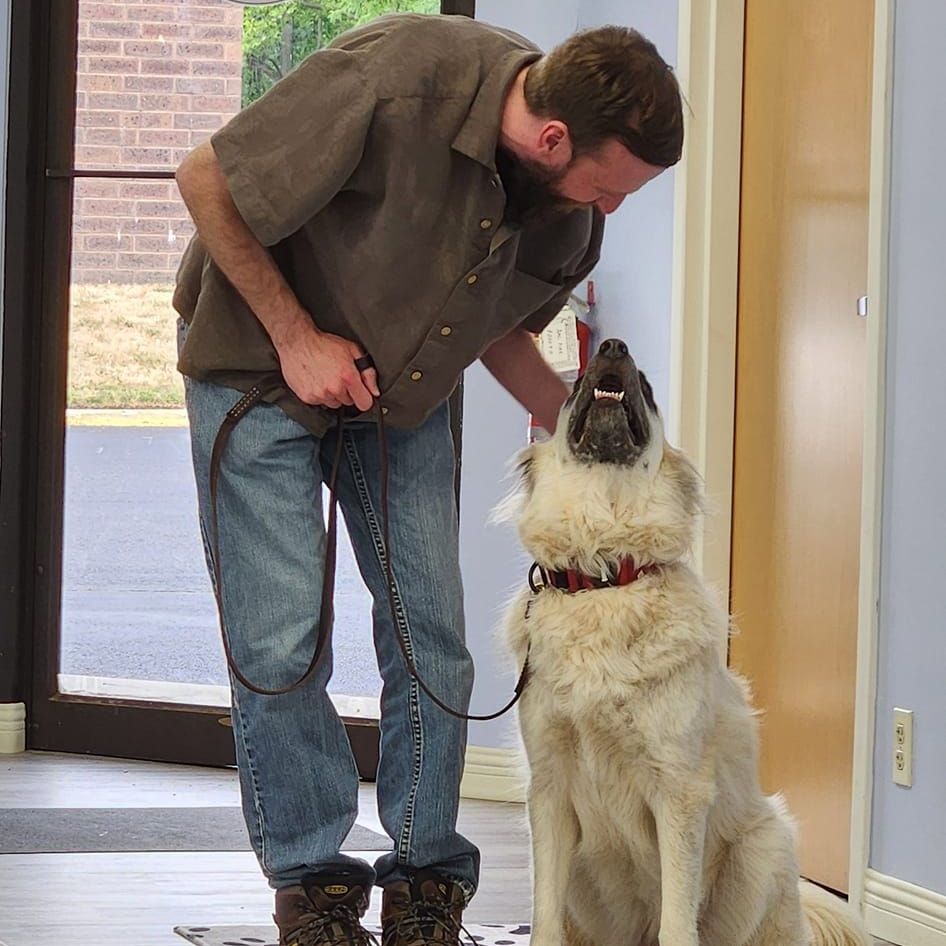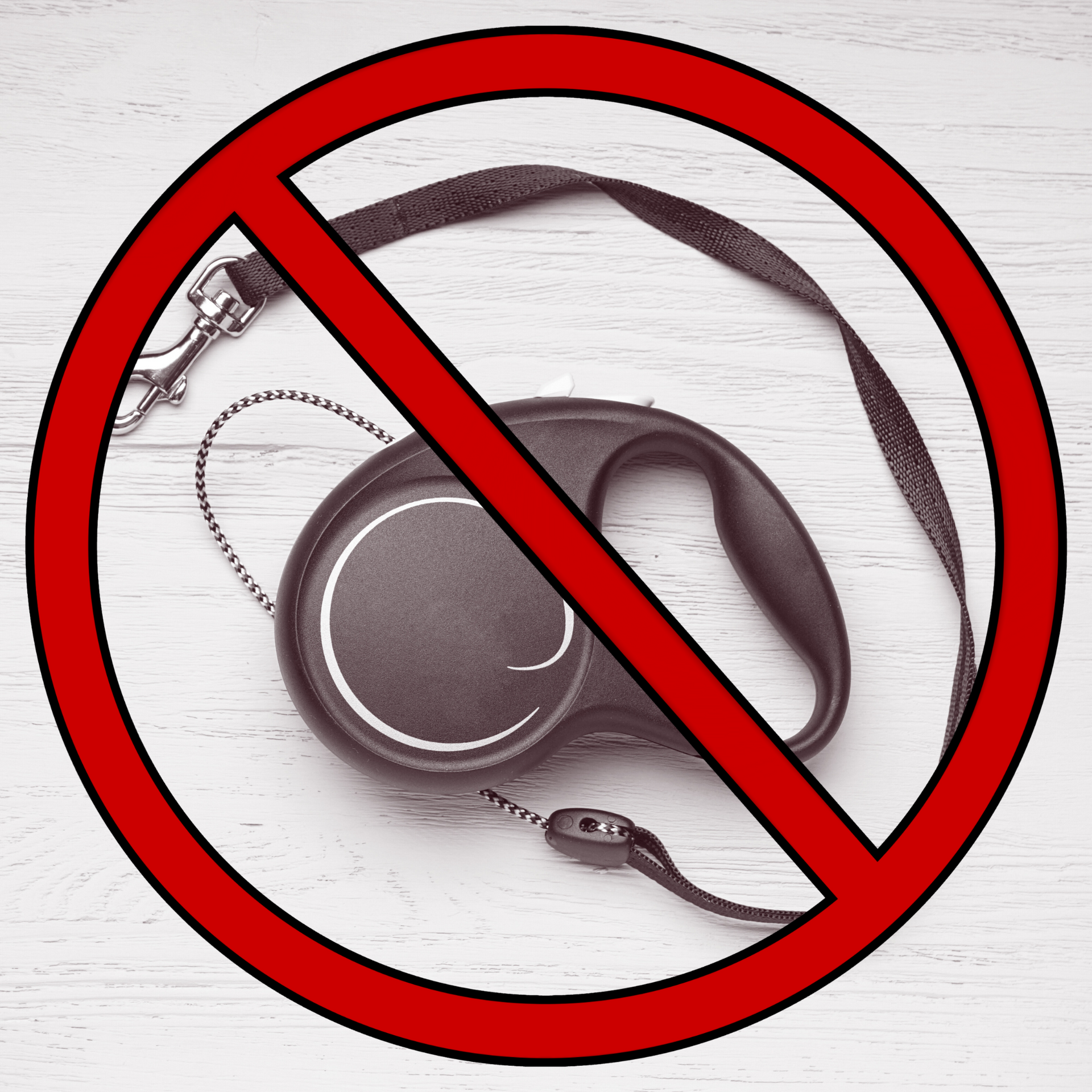
(856) 359-4412
Transforming Lives: Rehoming and Training Senior or "Broken" Dogs in Shelters
Sue Battel, Certified Behavioral Trainer
It breaks my heart to see so many posts about senior dogs abandoned in shelters. As a professional dog trainer with over 40 years of experience, I believe strongly in the lifelong commitment we make when we bring a pet into our homes. Puppies may be the most popular choices, but senior dogs deserve loving homes just as much.
The Plight of Senior Dogs
These deserving animals, many of whom have spent their entire lives in a single home, are now facing the terrifying reality of a shelter environment. They are confused, scared, and often don't understand why they are there. These seniors, despite their age and potential health challenges, deserve to spend their remaining years in the warmth and safety of a loving home.
I have a close friend who recently adopted a nine-year-old Mini Poodle with a grade three heart murmur and an enlarged heart. This sweet boy, found abandoned on the streets of Camden, had even lost many of his teeth. My friend's commitment to providing him with the best possible care, including the love and medical attention he needs, is truly inspiring.
Rehabilitating "Broken" Dogs Through Positive Training
Many dogs in shelters face the trauma of abuse or neglect. This can manifest as fear, anxiety, and behavioral challenges. However, with the right approach, these "broken" dogs can be transformed.
At the heart of my training philosophy lies positive reinforcement . By focusing on rewards and building trust, we can help these dogs overcome their fears and learn to trust humans again.
- Building Confidence: Through gentle and patient training, we can help dogs overcome their fear of certain situations, sounds, or even human touch.
- Learning to Trust: Positive reinforcement fosters a strong bond between dog and human, teaching the dog that humans are not to be feared, but rather sources of love and support.
- Recovering from Trauma: By creating a safe and loving environment, we can help dogs heal from the trauma of abuse and begin to experience the joy of a normal, happy life.
A World Without Cruelty
When we adopt a "broken" dog, we are not just giving them a home; we are giving them a second chance at life. We are saying, "You are seen, you are loved, and you are safe forever." They deserve to experience a world without cruelty, a world filled with love, joy, and the companionship of a loving family.
A Commitment to Saving Lives
I encourage everyone to consider adopting a senior or "broken" dog. You are giving them a priceless gift – a loving home and a chance to experience the joy of life again. Let's work together to save as many lives as possible by opening our hearts and homes to these deserving animals. By choosing to adopt, we can make a profound difference in the lives of these dogs and create a world where all animals are treated with kindness and respect.


